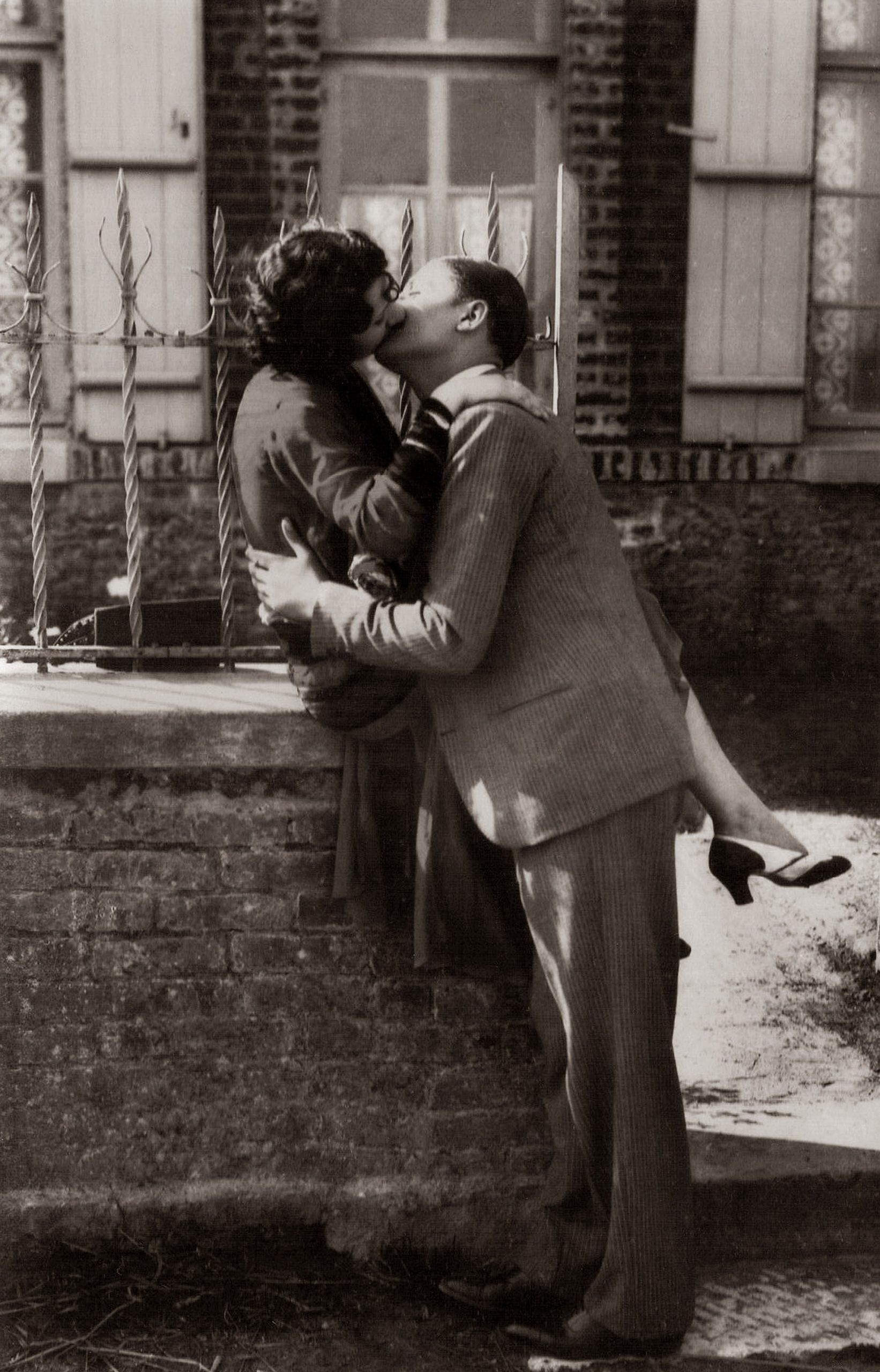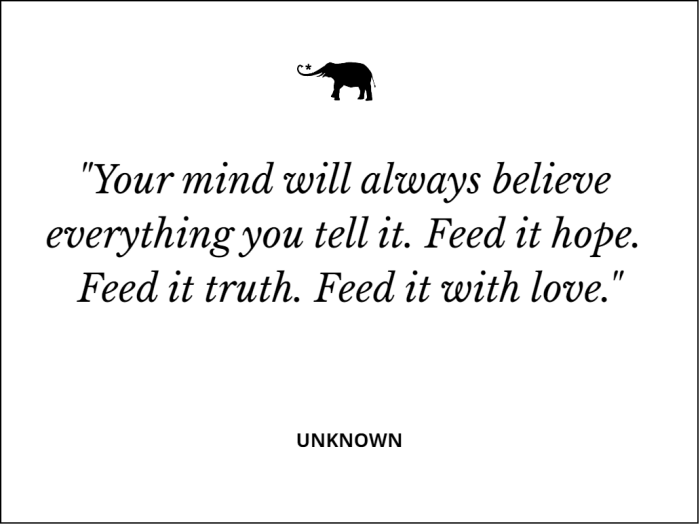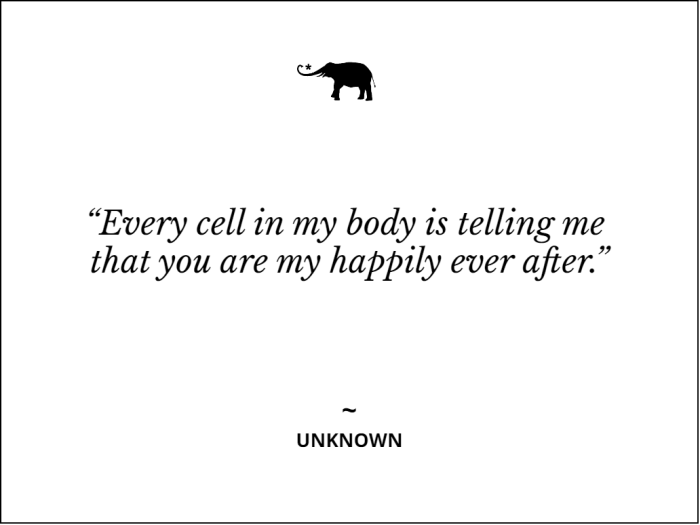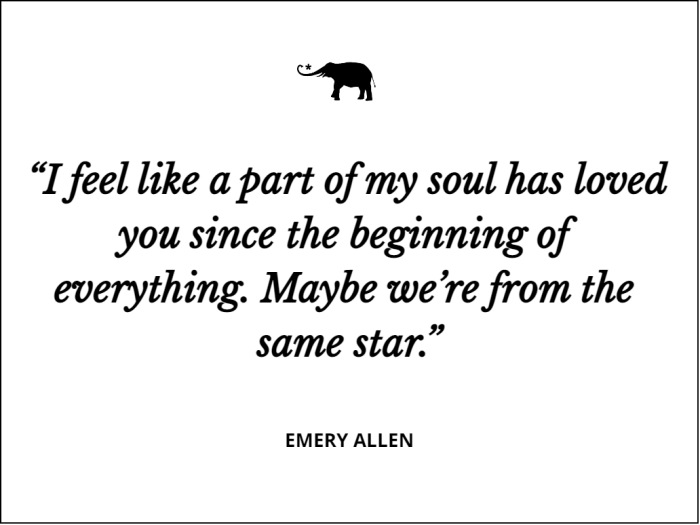I recently stumbled upon a book called The Five Love Languages: How to Express Heartfelt Commitment to Your Mate, written in 1992 by Gary Chapman.
It outlines five general ways in which romantic partners express and experience love, which Chapman calls “love languages.”
I am obsessed with his phrase love languages.
Per Chapman, not everyone communicates love in the same way, and likewise, people have different ways they prefer to receive love.
His five love languages are words of affirmation, physical touch, gift-giving, quality time, and acts of service.
I dug a bit deeper to understand what each love language consisted of:
Words of Affirmation are words that communicate your love, appreciation, and respect for another person. They’re positive words and phrases used to uplift someone. What’s more, these compliments and words of encouragement don’t have to be said directly to the person.
Physical Touch means you prefer physical expressions of love over all other expressions (such as verbal compliments or gifts). Physical touch as a love language is not all about sex. Although sex can be an important aspect of a romantic relationship.
Receiving Gifts is the act of giving a gift that serves as a gesture of affection and care because it shows the person was thinking about you while you weren’t around and wanted to find a way to make you smile. The gift also becomes a physical token memorializing a moment, experience, or feeling.
Quality Time means you crave spending “fruitful and attentive time” with the people closest to you.
Acts of Service is a language that can best be described as doing something for your partner that you know they would like, such as filling up their gas, watering their plants, or cooking them a meal. When you give “acts of service,” you give up your time.
Chapman’s concept of “love languages” shows couples how to give each other love in ways that it is best received. If two partners aren’t on the same page or if they don’t understand each other’s love language, it can lead to hurt feelings and misunderstandings.
As much as I love the phrase love languages, they feel kind of small, a little dated, and materialistic.
Love runs so much deeper.
In the world we live in today, we have learned so much more about what it means to love and be loved. We now know we must love ourselves first. Love doesn’t come from the outside, it starts from within. We are essentially responsible for our own happiness. Our partner is just the icing on our already fabulous life.
We don’t need someone to come along and show us love in order to feel love. We just need someone to extend their hand and add to the love we already feel within. To be by our side.
Despite all of this, we still want to be shown love in some sort of way from the person we choose to be with. Not so that we feel whole but to experience love together.
Without it, we are just existing with someone.
Chapman believes not everyone communicates love in the same way. This may be true. But I don’t fully agree with only concentrating on the specific way your partner needs to feel loved in order to connect with them.
What we want changes over time. The love we crave when we are 20-something is not the same love we crave when we are 40-something. It may be hard to keep up if we only concentrate on how our lover needs to feel love today.
But what about tomorrow?
Our love languages should be general rules on how to show love, feel love, want love, and need love. On a deeper level. Every day. For everyone. The feeling of love is essentially felt through our senses.
Our love languages should target all of our senses through our body, mind, and soul.
Love consists of a variety of emotions and behaviors which are set by intimacy, passion, and commitment. It requires care, closeness, attraction, affection, and trust.
Our love languages are the ways we crave love. When we redefine these love languages, we change the way we sense love, feel love, and see love.
This is redefining love languages for the mind, body, and soul:
Love Language for the Mind:
I want to know that it’s love. Without doubt or worry.
There’s no denying that love can make us fall head over heels. But where it counts is when it continues to strengthen the commitment over time.
My mind needs to be sure that you love me. I want to feel your love through your words and actions through communication, honesty, commitment, trust, and respect.
Love Language for the Body:
I want to feel that it’s love.
Whether we feel love in our hearts, gut, fingers, toes, or all around us, it will be felt throughout our bodies. Love is an energetic connection we feel for someone. It creates the drive for physical and mental connection and is felt through our entire body.
I need to feel that you love me through sight, sound, smell, taste, and touch. I want to see love in your eyes. I want to hear love in your voice. I want to feel love in your kiss. I want to feel love when we touch.
Love Language for the Soul:
I want to be sure it’s love. I want to feel love within the depths of my soul.
Intimate relationships heighten our lives. It is an exhilarating experience. When we feel love within our souls, we are connecting on a deep emotional level. It’s an intense and powerful bond that exists.
It’s about the moments, making memories, and feeling a connection.
When we choose to love and be loved, we open our mind, body, and soul to feel that love. That is how we express and experience love.
When we know it’s love, feel it’s love, and are sure it’s love, then it’s love.
If we open ourselves up to accepting love in all its forms and throughout our entire being, we will feel that love is deeper, bolder, and real. Our love languages will be easily understood and therefore met.
“Speak with your mind. Sing with your heart. Dance with your soul. Lead with love. The right people will follow.” ~ Bobby Umar


 Share on bsky
Share on bsky








Read 61 comments and reply